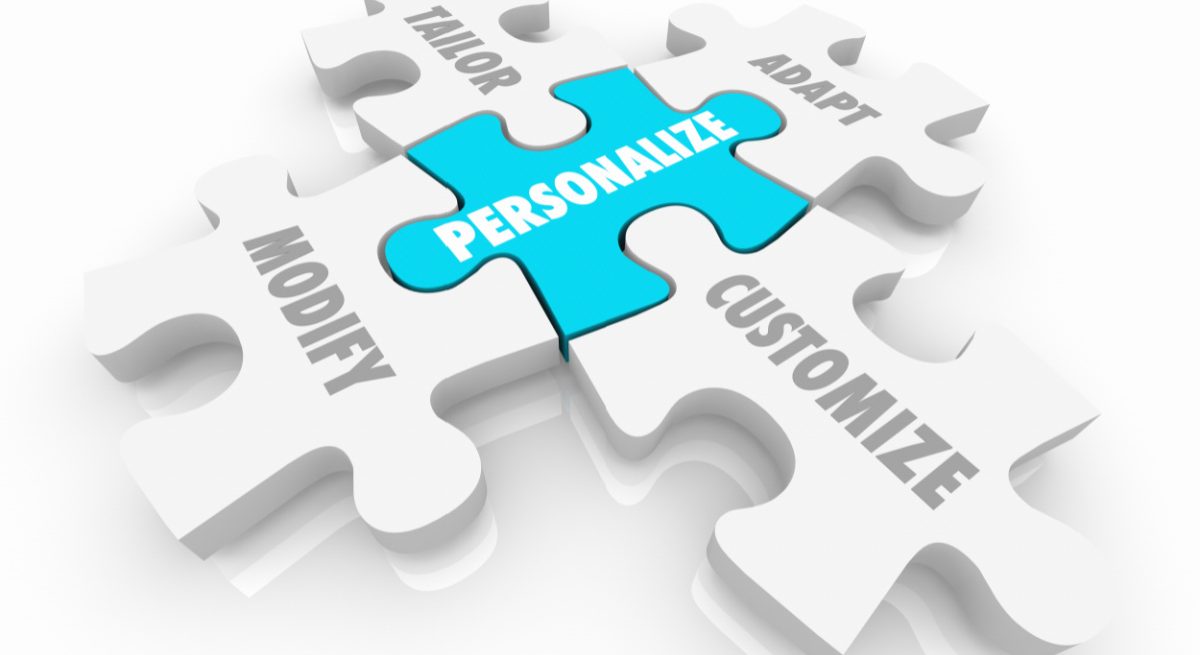Harnessing Data and Using Automation to Deliver a More Personalized Dining Experience
3 Min Read By Dirk Izzo
Hold the pickles but double-up on mayo. Gluten-free buns, please. Supersize it – every time.
We’ve entered an age where personalization is everything. As a result, quick-service and fast-casual restaurants are increasingly harnessing big data and automation to give their customers what they want before an order comes out of their mouth – or their brand’s app.
According to Tech Jury, the data analytics market is expected to reach $103 billion by 2021. Further, 97.2 percent of organizations are investing in big data and AI – restaurants included.
Personalization is a key ingredient to dishing up a comprehensive customer experience, capturing valuable data and enabling brands to reach out to customers though several touchpoints that create the customer journey: the drive-thru, menu board, branded apps, kiosks and loyalty programs.
Burger King, for instance, has installed digital menu boards using Deep Flame’s technology to suggest foods popular in a certain area and uses outside temperature to offer a steaming hot coffee if it’s cold or a refreshing glass of iced-tea where the weather is warm. McDonald’s acquired AI firm Dynamic Yield in an effort to boost sales through personalized digital promotions to customers that include recommending food choices based on weather, time of day to geo-trends.
Personalization has even been deemed the holy grail for restaurants, especially for tech-savvy diners who are used to brands like Amazon remembering their past orders and automatically making recommendations based on preferences and purchasing patterns.
But what if you aren’t the fast-food giants of the world? Why should you invest in tech tools that enable you to deliver a more personalized dining experience?
Five Reasons for Upping the Personalization Ante
There’s plenty of motive for using data and automation to create a more personalized customer experience, including:
- Learning customer preferences like knowing a patron – let’s call her Mary – regularly purchases a strawberry sundae with extra whipped cream and nuts and by having this data, you also have the ability to greet her in the drive-thru with a “Great to see you again Mary. Can I get you your regular sundae served up your way?” She’ll appreciate that you know what she likes and remember you for doing so.
- Enhancing the overall experience – Similarly, many diners visit certain restaurants for the experience along with the food. You can make the experience stellar by remembering previous interactions, food preferences, habits, such as which day of the week they normally visit, and so on.
- Boosting loyalty – It costs five times more money to attract a new customer than to keep a new one, you can use data and automation to maximize your loyalty program. This includes providing regular and personalized incentives or rewards. A recent report shows 39 percent of customers say loyalty and rewards programs encourage them to make restaurant purchases.
- Predicting trends – Use all the information gathered to better understand what’s hot on the menu and what’s not – along with what you see has become more popular with patrons in your restaurants and others in your niche.
- Tracking inventory – Perhaps you’re overstocked on some items but have run out on others. Diners certainly don’t want to hear, “Sorry, we’re out of that,” and they likely won’t have to since data and automation make it easier to know what’s in stock and what you need more of.
Technology Enables Unique Customer Experiences
Data and automation can help restaurants create a unique and differentiated dining experience across a highly competitive and quickly evolving landscape.
Restaurant patrons’ interest in noise is declining, while their desire for individualized experiences is climbing. Brands that can harness data and automation to create these personalized experiences are the ones most likely to stand above the crowded marketplace and keep diners coming back for more.


